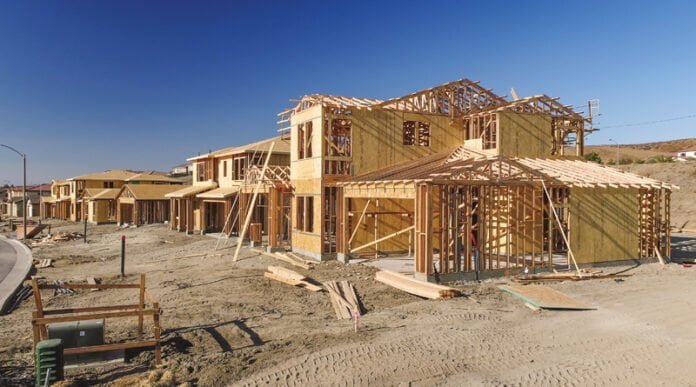Large home builders around the country announced their intentions to invest in the single-family rental space this year, including Taylor Morrison, Toll Brothers and Lennar.
In August, Phoenix-based Taylor Morrison announced that it is working with Christopher Todd Communities on rental communities. The builder will be the acquirer, developer and builder for CTC, breaking ground on three properties in the Phoenix area in 2019, with plans to expand nationally.
Erik Heuser, executive vice president and chief strategy officer at Taylor Morrison, noted that low affordability and inventory make the rental market an intriguing opportunity for builders.
“When you add up custom homes, new single-family production, multifamily—all the categories of production—we only produce about 1.25 million homes a year,” he told Colorado Builder, while just the boomer and millennial generations number roughly 160 million. “You take these huge waves, balanced against significant low production, and we just kind of get excited about things that are happening in the market.”
RELATED: How Single-family Rentals are Gaining Ground
Toll Brothers is also jumping into the space with seven new rental communities around the country, including one in Denver. On a second-quarter earnings call, the company announced that it had signed on to a $400 million joint venture to build and operate single-family rental communities with BB Living, a Phoenix-based rental community operator.
“While Toll Brothers has committed a relatively modest $60 million to this partnership, we believe this investment will produce strong returns over time,” according to Douglas Yearley, chairman and chief executive officer at Toll Brothers. “With a positive macroeconomic backdrop, record low unemployment, continued wage growth and solid consumer confidence, we are optimistic about the opportunities ahead.”
On an earnings call in May, Lennar’s CEO, Rick Beckwitt, called a new rental community that it is building in Florida “the first in what we believe will be an ongoing business strategy and relationship where we build and sell homes in bulk on land owned by third parties with no lease-up risk.”
Beckwitt pointed to low supply of homes for both renters and owners as a factor in Lennar’s decision.
He added, “We love this new business model as it will generate high IRRs, strong margins [and] leverage our existing overhead with no accompanying land risk.”








